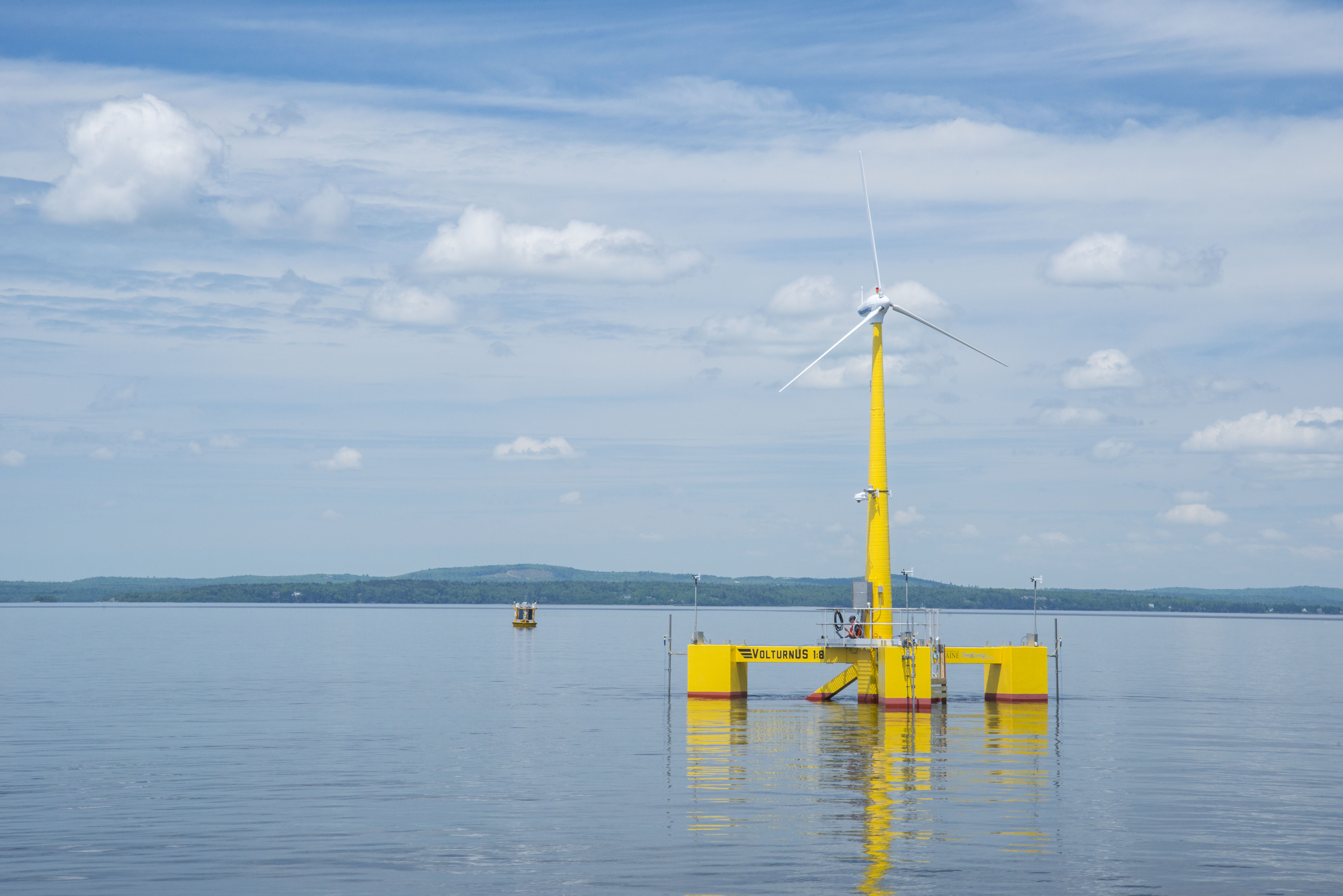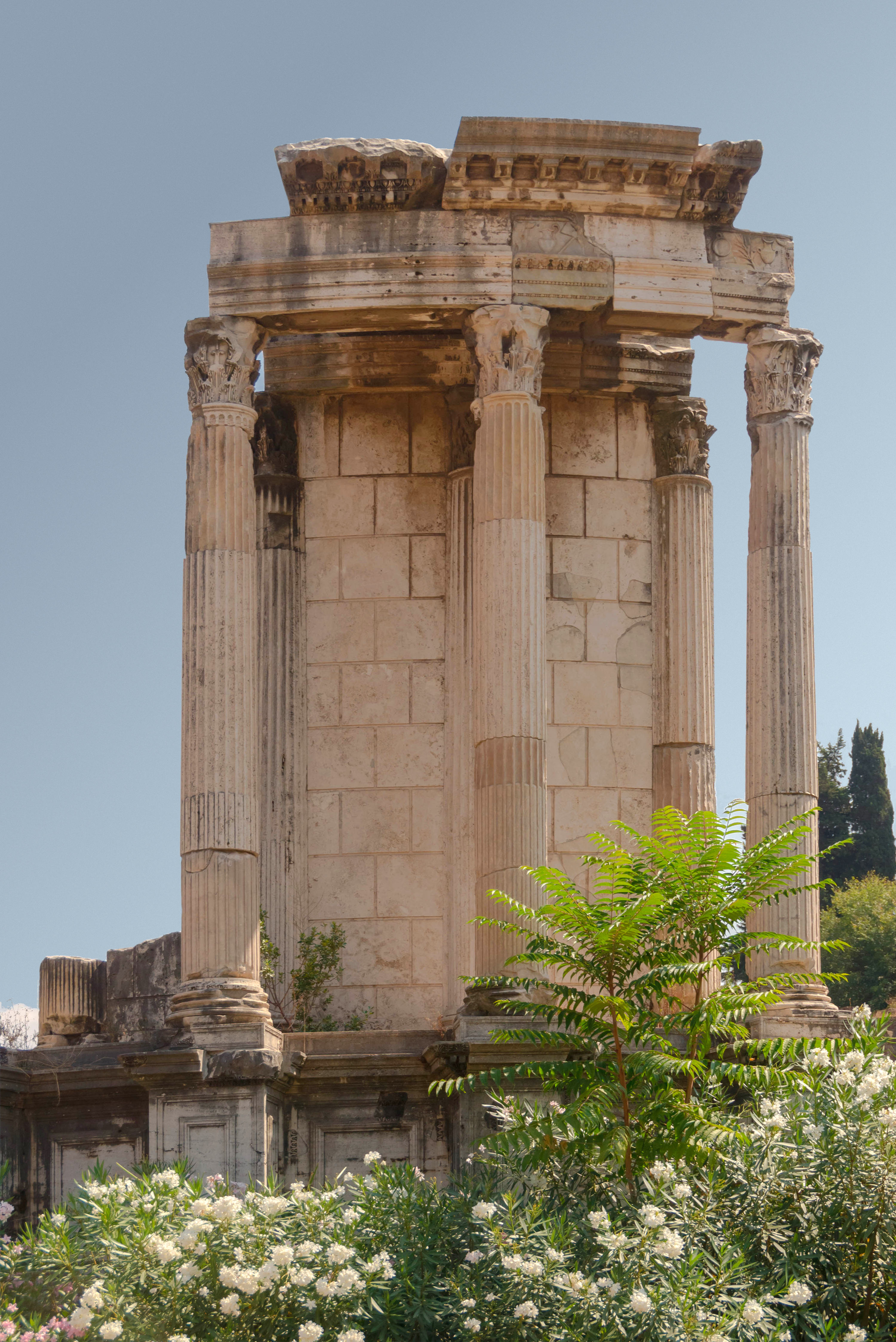|
Volturnalia
Volturnalia was the Roman festivalhttp://www.akademiai.com/content/rq3800r1j56p82q8/ on August 27 dedicated to Volturnus, 'god of the waters,' god of fountains. Volturnus was a tribal river god who later was identified as god of the Tiber river. The Volturno River, in southern Italy, is named for him. Volturnus was the father of the goddess Juturna, who was first identified with a spring in Latium near the Numicus River and later with a pool near the Temple of Vesta in the Forum of Rome. They were both honored on this day with feasting, wine-drinking, and games. References Ancient Roman festivals August observances {{reli-festival-stub ... [...More Info...] [...Related Items...] OR: [Wikipedia] [Google] [Baidu] |
Ancient Rome
In modern historiography, ancient Rome refers to Roman civilisation from the founding of the city of Rome in the 8th century BC to the collapse of the Western Roman Empire in the 5th century AD. It encompasses the Roman Kingdom (753–509 BC), Roman Republic (509–27 BC) and Roman Empire (27 BC–476 AD) until the fall of the western empire. Ancient Rome began as an Italic settlement, traditionally dated to 753 BC, beside the River Tiber in the Italian Peninsula. The settlement grew into the city and polity of Rome, and came to control its neighbours through a combination of treaties and military strength. It eventually dominated the Italian Peninsula, assimilated the Greek culture of southern Italy ( Magna Grecia) and the Etruscan culture and acquired an Empire that took in much of Europe and the lands and peoples surrounding the Mediterranean Sea. It was among the largest empires in the ancient world, with an estimated 50 to 90 million inhabitants, roughly 20% of t ... [...More Info...] [...Related Items...] OR: [Wikipedia] [Google] [Baidu] |
Festival
A festival is an event ordinarily celebrated by a community and centering on some characteristic aspect or aspects of that community and its religion or cultures. It is often marked as a local or national holiday, mela, or eid. A festival constitutes typical cases of glocalization, as well as the high culture-low culture interrelationship. Next to religion and folklore, a significant origin is agricultural. Food is such a vital resource that many festivals are associated with harvest time. Religious commemoration and thanksgiving for good harvests are blended in events that take place in autumn, such as Halloween in the northern hemisphere and Easter in the southern. Festivals often serve to fulfill specific communal purposes, especially in regard to commemoration or thanking to the gods, goddesses or saints: they are called patronal festivals. They may also provide entertainment, which was particularly important to local communities before the advent of mass-produced e ... [...More Info...] [...Related Items...] OR: [Wikipedia] [Google] [Baidu] |
August 27
Events Pre-1600 * 410 – The sacking of Rome by the Visigoths ends after three days. * 1172 – Henry the Young King and Margaret of France are crowned junior king and queen of England. * 1232 – Shikken Hojo Yasutoki of the Kamakura shogunate promulgates the Goseibai Shikimoku, the first Japanese legal code governing the ''samurai'' class. *1557 – The Battle of St. Quentin results in Emmanuel Philibert becoming Duke of Savoy. *1593 – Pierre Barrière failed an attempt to assassinate Henry IV of France. *1597 – Jeongyu War: Battle of Chilcheollyang: A Japanese fleet of 500 ships decimates Joseon commander Won Gyun’s fleet of 200 ships at Chilcheollyang. * 1600 – Ishida Mitsunari’s Western Army commences the Siege of Fushimi Castle, which is lightly defended by a much smaller Tokugawa garrison led by Torii Mototada. 1601–1900 *1689 – The Treaty of Nerchinsk is signed by Russia and the Qing Empire (Julian calendar). *1776 & ... [...More Info...] [...Related Items...] OR: [Wikipedia] [Google] [Baidu] |
Volturnus
The VolturnUS is a floating concrete structure that supports a wind turbine, designed by University of Maine Advanced Structures and Composites Center and deployed by DeepCwind Consortium in 2013. The VolturnUS can support wind turbines in water depths of or more. The DeepCwind Consortium and its partners deployed a 1:8 scale VolturnUS in 2013. Efforts are now underway by Maine Aqua Ventus 1, GP, LLC, to deploy to full-scale VolturnUS structures off the coast of Monhegan Island, Maine, in the UMaine Deepwater Offshore Wind Test Site. This demonstration project, known as New England Aqua Ventus I, is planned to deploy two 6 MW wind turbines by 2020. The University of Maine announced in September 2017 that its VolturnUS design became the first floating offshore wind turbine to meet American Bureau of Shipping requirements for floating offshore wind turbines, demonstrating the feasibility of the VolturnUS concept. The design review was conducted against the American Bureau of Sh ... [...More Info...] [...Related Items...] OR: [Wikipedia] [Google] [Baidu] |
Tiber
The Tiber ( ; it, Tevere ; la, Tiberis) is the third-longest river in Italy and the longest in Central Italy, rising in the Apennine Mountains in Emilia-Romagna and flowing through Tuscany, Umbria, and Lazio, where it is joined by the River Aniene, to the Tyrrhenian Sea, between Ostia and Fiumicino. It drains a basin estimated at . The river has achieved lasting fame as the main watercourse of the city of Rome, which was founded on its eastern banks. The river rises at Mount Fumaiolo in central Italy and flows in a generally southerly direction past Perugia and Rome to meet the sea at Ostia. Known in ancient times (in Latin) as ''flavus'' ("the blond"), in reference to the yellowish colour of its water, the Tiber has advanced significantly at its mouth, by about , since Roman times, leaving the ancient port of Ostia Antica inland."Tiber River". ''Encyclopædia Britannica''. 2006 However, it does not form a proportional delta, owing to a strong north-flowing sea current ... [...More Info...] [...Related Items...] OR: [Wikipedia] [Google] [Baidu] |
Volturno
The Volturno (ancient Latin name Volturnus, from ''volvere'', to roll) is a river in south-central Italy. Geography It rises in the Abruzzese central Apennines of Samnium near Castel San Vincenzo (province of Isernia, Molise) and flows southeast as far as its junction with the Calore Irpino near Caiazzo and runs south as far as Venafro, and then turns southwest, past Capua, to enter the Tyrrhenian Sea in Castel Volturno, northwest of Naples. The river is long. After a course of some it receives, about east of Caiazzo, the Calore River. The united stream now flows west-southwest past Capua, where the Via Appia and Latina joined just to the north of the bridge over it, and so through the Campanian plain, with many windings, into the sea. The direct length of the lower course is about , so that the whole is slightly longer than that of the Liri-Garigliano, and its basin far larger. Its main tributaries are San Bartolomeo, Lete, Torano, Rivo Tella, Titerno, Calore Irpino an ... [...More Info...] [...Related Items...] OR: [Wikipedia] [Google] [Baidu] |
Latium
Latium ( , ; ) is the region of central western Italy in which the city of Rome was founded and grew to be the capital city of the Roman Empire. Definition Latium was originally a small triangle of fertile, volcanic soil (Old Latium) on which resided the tribe of the Latins (Italic tribe), Latins or Latians. It was located on the left bank (east and south) of the Tiber, River Tiber, extending northward to the Aniene, River Anio (a left-bank tributary of the Tiber) and southeastward to the Pomptina Palus (Pontine Marshes, now the Pontine Fields) as far south as the Cape Circeo, Circeian promontory. The right bank of the Tiber was occupied by the Etruscan city of Veii, and the other borders were occupied by Ancient Italic people, Italic tribes. Subsequently, Rome defeated Veii and then its Italic neighbours, expanding its dominions over Southern Etruria and to the south, in a partly marshy and partly mountainous region. The latter saw the creation of numerous Roman and Latin co ... [...More Info...] [...Related Items...] OR: [Wikipedia] [Google] [Baidu] |
Numicus
The Numicus was a river of ancient Latium which flowed into the sea between the towns of Lavinium and Ardea. According to the mythology of Livy, Aeneas lies buried on its banks (from the original: 'Situs est, quemcumque eum dici ius fasque est super Numicum flumen'). The river is also represented in ancient texts as a river-god Numicius (Greek: Νουμικίος, Numikíos). As described by Ovid, at the behest of Venus, Numicus cleans Aeneas of all of his mortal parts so that he may become a god, known as Indiges.Ovid Pūblius Ovidius Nāsō (; 20 March 43 BC – 17/18 AD), known in English as Ovid ( ), was a Roman poet who lived during the reign of Augustus. He was a contemporary of the older Virgil and Horace, with whom he is often ranked as one of the th .... ''Metamorphoses'', Book 14. References Rivers of Lazio Former rivers Rivers of Italy {{Italy-river-stub ... [...More Info...] [...Related Items...] OR: [Wikipedia] [Google] [Baidu] |
Temple Of Vesta
The Temple of Vesta, or the aedes (Latin ''Aedes Vestae''; Italian: ''Tempio di Vesta''), is an ancient edifice in Rome, Italy. The temple is located in the Roman Forum near the Regia and the House of the Vestal Virgins. The Temple of Vesta housed Vesta's holy fire, which was a symbol of Rome's safety and prosperity. The temple's most recognizable feature is its circular footprint. Since the worship of Vesta began in private homes, the architecture seems to pay homage to the architecture of early Roman homes. The temple used Greek architecture with Corinthian columns, marble, and had a central cella. The surviving structure indicates that there were twenty Corinthian columns built on a podium fifteen meters in diameter. The roof probably had a vent at the apex to allow smoke to release. History Origins The Temple of Vesta was first built by Numa Pompilius, who was Rome's second king. During his time in power he also built the original Regia and House of the Vestal Virgins a ... [...More Info...] [...Related Items...] OR: [Wikipedia] [Google] [Baidu] |
Ancient Roman Festivals
Ancient history is a time period from the beginning of writing and recorded human history to as far as late antiquity. The span of recorded history is roughly 5,000 years, beginning with the Sumerian cuneiform script. Ancient history covers all continents inhabited by humans in the period 3000 BCAD 500. The three-age system periodizes ancient history into the Stone Age, the Bronze Age, and the Iron Age, with recorded history generally considered to begin with the Bronze Age. The start and end of the three ages varies between world regions. In many regions the Bronze Age is generally considered to begin a few centuries prior to 3000 BC, while the end of the Iron Age varies from the early first millennium BC in some regions to the late first millennium AD in others. During the time period of ancient history, the world population was already exponentially increasing due to the Neolithic Revolution, which was in full progress. While in 10,000 BC, the world population stood at ... [...More Info...] [...Related Items...] OR: [Wikipedia] [Google] [Baidu] |






